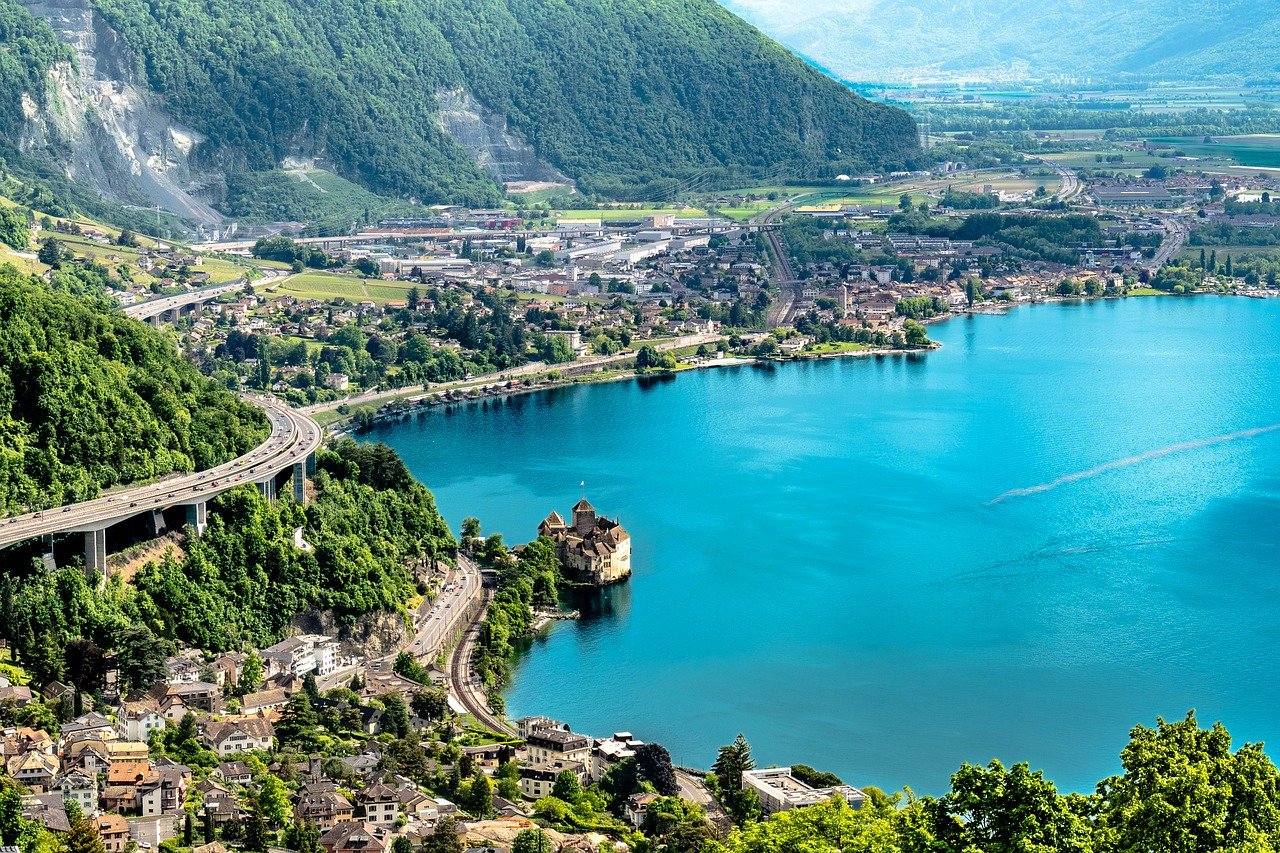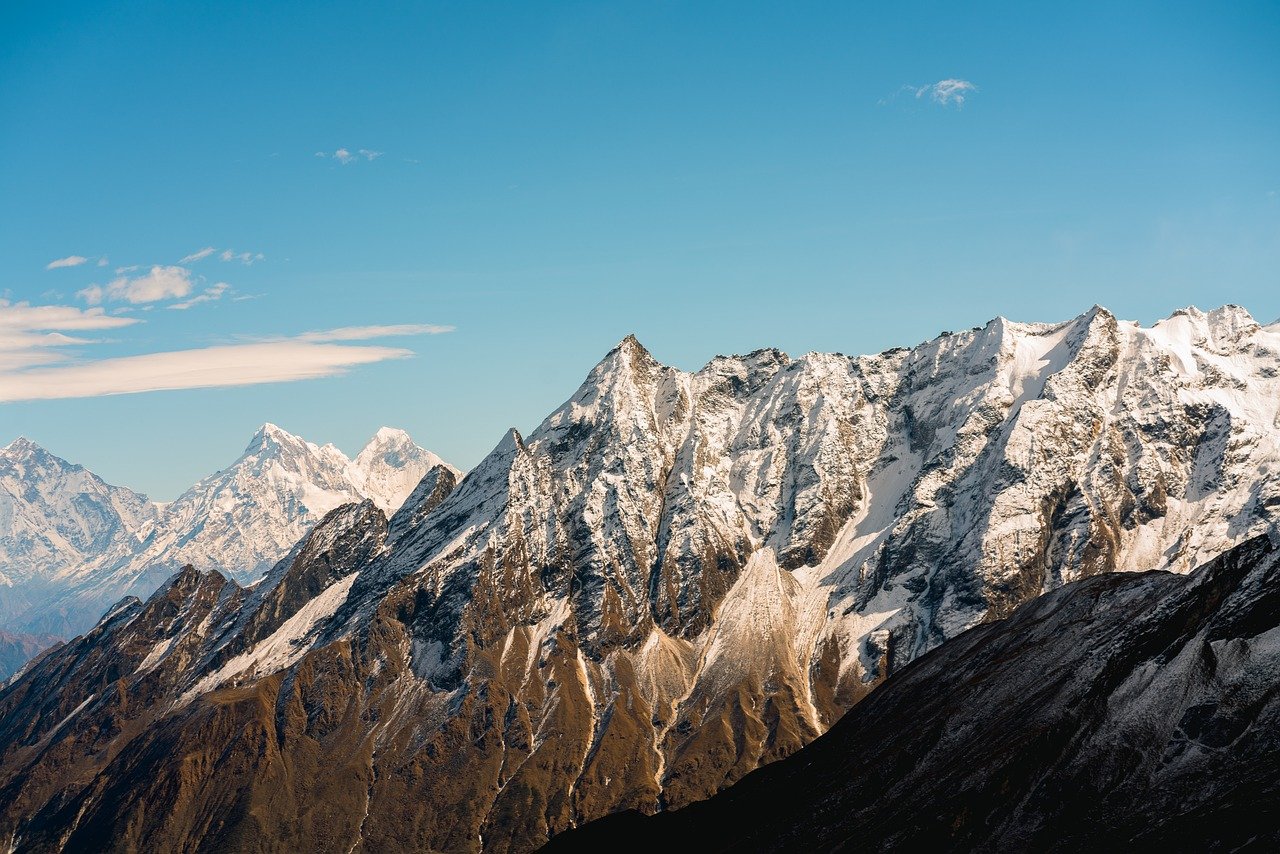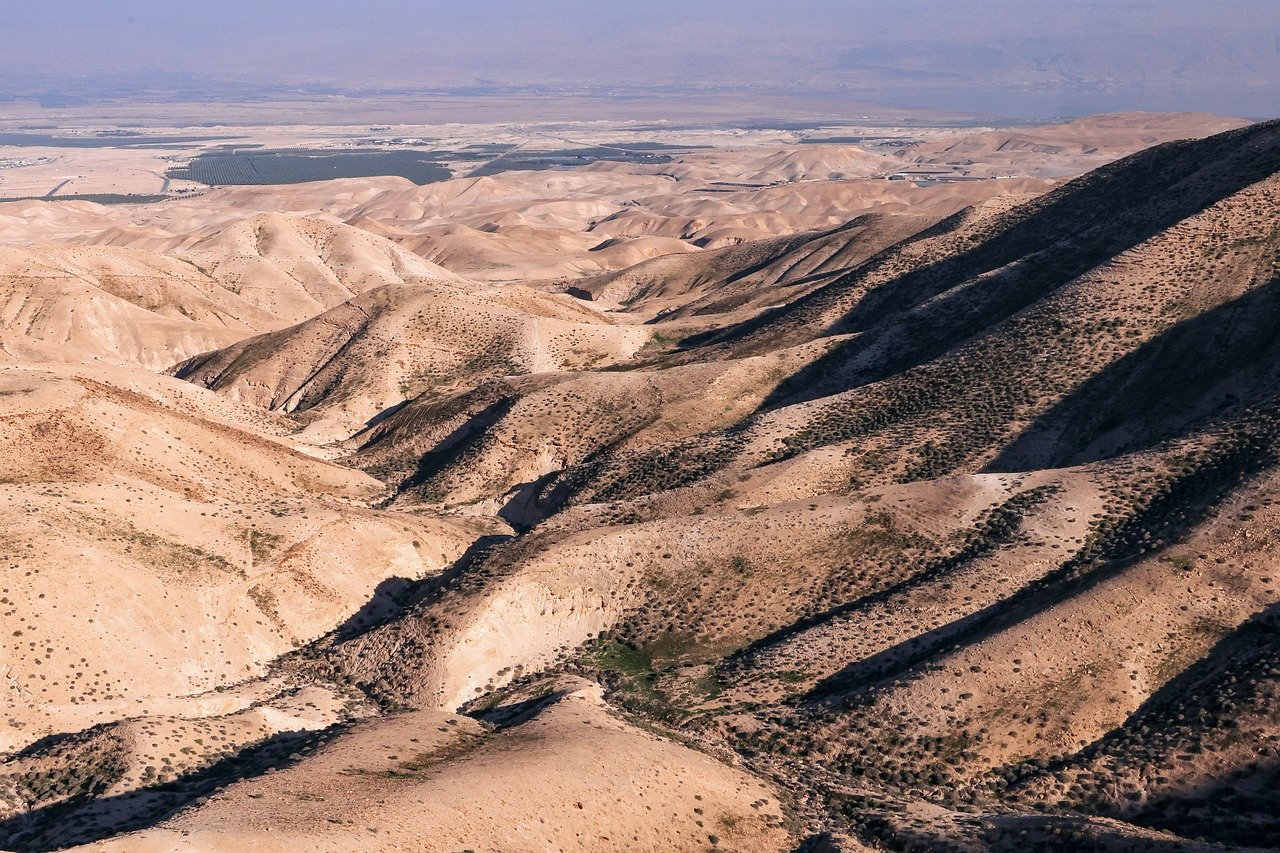Unpacking Brazil‘s UNESCO World Heritage Sites: A Comprehensive Guide for History and Culture Enthusiasts
Brazil, the largest country in South America, is a land of immense natural beauty and vibrant culture. With a history that weaves together indigenous, Portuguese, African, and immigrant influences, Brazil’s rich heritage is mirrored in its UNESCO World Heritage Sites. These sites offer a window into the country’s past, showcasing its architectural marvels, breathtaking landscapes, and cultural diversity. For history and culture enthusiasts, Brazil’s UNESCO sites are a treasure trove waiting to be explored.
The Historical Significance of Brazil’s UNESCO Sites
Brazil is home to 22 UNESCO World Heritage Sites, each with its unique story and significance. These sites are not only valuable for their historical and cultural importance but also for their role in preserving the country’s diverse ecosystems and wildlife. From the colonial architecture of Ouro Preto to the pristine wilderness of the Amazon, each site contributes to a broader understanding of Brazil’s heritage.
Ouro Preto: A Colonial Masterpiece
Ouro Preto, meaning “Black Gold,” is a city that epitomizes the opulence of Brazil’s colonial past. Founded at the end of the 17th century, it was the focal point of the Brazilian Gold Rush and became the capital of the state of Minas Gerais. Today, Ouro Preto is celebrated for its baroque architecture, with well-preserved churches, museums, and public buildings that reflect the artistic and cultural movements of the time.
Wandering through the cobbled streets of Ouro Preto, visitors can explore the grandeur of churches like the Church of São Francisco de Assis, designed by the famed architect Aleijadinho. The city’s museums, such as the Mineralogical Museum and Inconfidência Museum, offer insights into the region’s geology and history, making it a must-visit for anyone interested in Brazil’s colonial era.

The Amazon Rainforest: A Natural World Wonder
The Amazon Rainforest is one of the most vital ecosystems on the planet, representing over half of the world’s remaining rainforests. While not entirely within Brazil, the Brazilian Amazon is a UNESCO World Heritage Site that boasts unparalleled biodiversity. It is a haven for thousands of plant species, birds, mammals, reptiles, and insects, many of which are found nowhere else on Earth.
For the adventurous traveler, the Amazon offers an opportunity to witness the incredible diversity of life and the indigenous cultures that have made this rainforest their home for centuries. Guided tours through the Amazon provide insights into the delicate balance of this ecosystem and the efforts to preserve it amid growing environmental challenges.
Brasília: A Modernist Utopia
Unlike the colonial charm of Ouro Preto, Brasília represents a bold vision of modernist architecture and urban planning. Inaugurated in 1960 as Brazil’s capital, Brasília is a UNESCO World Heritage Site due to its unique design by architect Oscar Niemeyer and urban planner Lúcio Costa. The city’s layout resembles a bird in flight, with the government buildings, cultural institutions, and residential areas artistically arranged within this framework.
Brasília’s standout attractions include the Cathedral of Brasília, the National Congress, and the Palácio da Alvorada. Its design reflects the optimistic spirit of Brazil in the mid-20th century, aiming to symbolize progress and innovation. Visiting Brasília is like stepping into a living museum of modernist architecture, offering a stark contrast to Brazil’s historical sites.
Iguaçu National Park: Nature’s Spectacle
Iguaçu National Park is home to the stunning Iguaçu Falls, one of the largest and most spectacular waterfalls in the world. Straddling the border between Brazil and Argentina, the falls are a UNESCO World Heritage Site famed for their immense scale and beauty. The park itself is a biodiversity hotspot, teeming with flora and fauna, including jaguars, tapirs, and a variety of bird species.

Visitors to Iguaçu National Park can explore the falls from different viewpoints, each offering a unique perspective of this natural wonder. Whether taking a boat ride to get up close to the cascades or walking along the trails that meander through the lush rainforest, Iguaçu is an unforgettable experience for nature lovers.
Serra da Capivara National Park: Ancient Artistry
For those intrigued by prehistoric art, Serra da Capivara National Park is a captivating destination. Located in the state of Piauí, this UNESCO World Heritage Site is renowned for its extensive collection of prehistoric rock art, believed to be among the oldest in the Americas. The park’s archaeological sites provide crucial evidence of early human settlement in the region, dating back thousands of years.
Guided tours through the park reveal over 30,000 rock paintings that depict scenes of daily life, hunting, and spiritual rituals. The intricate details and vivid colors of these artworks offer a glimpse into the lives of the ancient peoples who once thrived in this region. For history enthusiasts, Serra da Capivara is a profound connection to the distant past.
Paraty and Ilha Grande: A Dual Heritage
The coastal town of Paraty and the island of Ilha Grande together form a UNESCO World Heritage Site that combines cultural and natural heritage. Paraty is a charming colonial town with a well-preserved historic center, featuring cobblestone streets, colorful buildings, and beautiful churches. It was once a significant port during the Gold Rush, serving as a gateway for gold and coffee exports.
Ilha Grande, on the other hand, is a paradise of pristine beaches and lush rainforests. The island is part of the Atlantic Forest biome, one of the world’s most threatened ecosystems. Visitors to this UNESCO site can enjoy a blend of cultural exploration in Paraty and nature adventures on Ilha Grande, making it a versatile destination for travelers.
Conclusion: A Journey Through Time and Space

Brazil’s UNESCO World Heritage Sites offer a diverse tapestry of history, culture, and nature. From the baroque splendor of Ouro Preto to the natural wonders of the Amazon and Iguaçu Falls, each site tells a story of a country rich in heritage and beauty. Whether you’re a history buff, a culture enthusiast, or a nature lover, Brazil’s UNESCO sites provide endless opportunities for exploration and discovery.
As you plan your journey through Brazil, consider visiting these remarkable sites to gain a deeper appreciation of the country’s legacy and its ongoing efforts to preserve its unique heritage. Each site is a testament to Brazil’s vibrant past and its commitment to safeguarding its treasures for future generations.
Exploring Beyond the Mainstream: Lesser-Known UNESCO Sites
While the well-trodden paths to places like Ouro Preto and the Amazon are undeniably fascinating, Brazil also offers lesser-known UNESCO World Heritage Sites that are equally deserving of attention. These hidden gems provide unique insights into Brazil’s diverse cultural and natural heritage, making them perfect for travelers seeking off-the-beaten-path experiences.
São Miguel das Missões: Echoes of the Past
The Jesuit Missions of the Guaranis, specifically the ruins at São Miguel das Missões, offer a poignant glimpse into the cultural exchanges that occurred during the European colonization of South America. Established in the 17th century, these missions were part of a network created by Jesuit priests aiming to convert and educate the Guarani people.
Today, São Miguel das Missões stands as a testament to this era, with its crumbling stone structures and open-air museum. The site is particularly evocative at sunset, when the ruins are bathed in golden light, creating an atmosphere that harks back to a time when indigenous and European cultures met and mingled. For history enthusiasts, exploring these missions is an opportunity to reflect on a complex chapter of Brazil’s past.

Atlantic Forest South-East Reserves: A Biodiversity Haven
The Atlantic Forest South-East Reserves are a collection of protected areas that represent one of the planet’s richest ecosystems. Despite its proximity to major urban centers like São Paulo and Rio de Janeiro, this UNESCO site remains a relatively untouched wilderness, harboring an astonishing variety of plant and animal life.
Covering a vast area, the reserves offer opportunities for hiking, bird watching, and immersing oneself in the tranquility of the forest. Rare species such as the jaguar, the woolly spider monkey, and the red-tailed amazon parrot inhabit this dense greenery. For those passionate about conservation and ecology, a visit to the Atlantic Forest reveals the importance of preserving these critical habitats amidst growing environmental threats.
Historic Centre of the Town of Goiás: A Cultural Melting Pot
Known locally as Goiás Velho, the Historic Centre of the Town of Goiás is a beautifully preserved colonial town that once thrived during Brazil’s gold rush. The town is characterized by its narrow streets, colonial architecture, and the harmonious integration of its buildings with the surrounding landscape.
Goiás Velho is not only a site of historical interest but also a living town that continues to celebrate its cultural heritage through vibrant festivals and traditional crafts. The town’s architecture reflects a blend of European, African, and indigenous influences, making it a microcosm of Brazil’s cultural diversity. Visitors can enjoy exploring its many churches, museums, and artisan shops, experiencing the town’s unique charm firsthand.
Challenges and Conservation Efforts
Despite their incredible value, Brazil’s UNESCO World Heritage Sites face numerous challenges, from environmental degradation to urbanization pressures. Climate change, deforestation, and pollution threaten the natural sites, while neglect and inadequate funding can impair the preservation of historical and cultural sites.

Efforts to protect and conserve these sites are ongoing, with both governmental and non-governmental organizations playing crucial roles. Initiatives focus on sustainable tourism, community involvement, and education, aiming to balance the needs of conservation with those of the local populations who depend on these areas for their livelihoods. Understanding these challenges highlights the importance of responsible tourism and the need to support preservation efforts.
Planning Your UNESCO Tour of Brazil
For travelers keen to explore Brazil’s UNESCO World Heritage Sites, careful planning can enhance the experience. Consider the following tips to make the most of your journey:
- Research and Prioritize: With 22 sites to choose from, prioritize those that align with your interests, whether they be historical, cultural, or natural.
- Travel Off-Season: Visiting during the off-peak months can provide a more intimate experience, allowing you to enjoy these sites with fewer crowds.
- Engage Local Guides: Hiring knowledgeable local guides can enrich your understanding of the sites and support the local economy.
- Respect Local Customs: Always be mindful of cultural sensitivities and environmental guidelines to ensure your visit is respectful and sustainable.
Conclusion: Embracing Brazil’s Heritage
Brazil’s UNESCO World Heritage Sites are more than just tourist attractions; they are vital pieces of the country’s identity and history. Each site, whether it is a bustling city like Brasília or the serene landscapes of the Amazon, offers a unique story of Brazil’s past and present. By exploring these sites, travelers not only witness the beauty and diversity of Brazil but also contribute to the preservation of its invaluable heritage for future generations.
Embarking on this journey through Brazil’s UNESCO sites is a transformative experience, one that deepens our appreciation of the world’s cultural and natural wonders. As you set off on your adventure, remember that every visit is a step towards understanding and protecting the legacy of this incredible nation.










